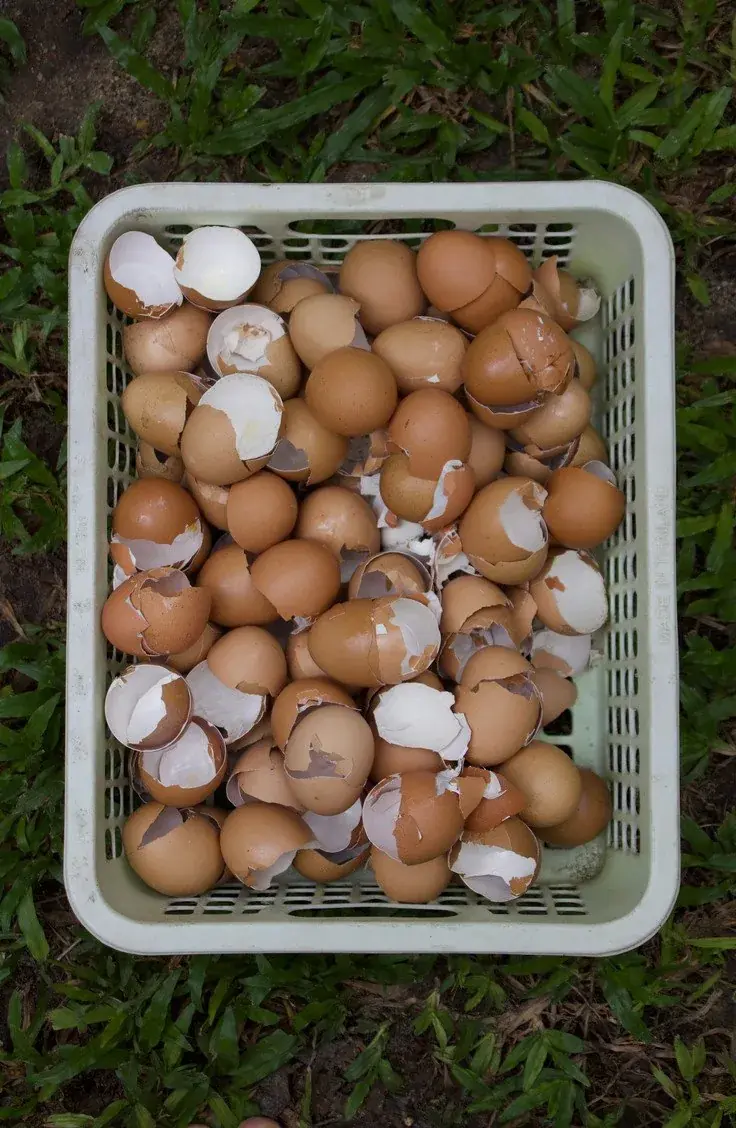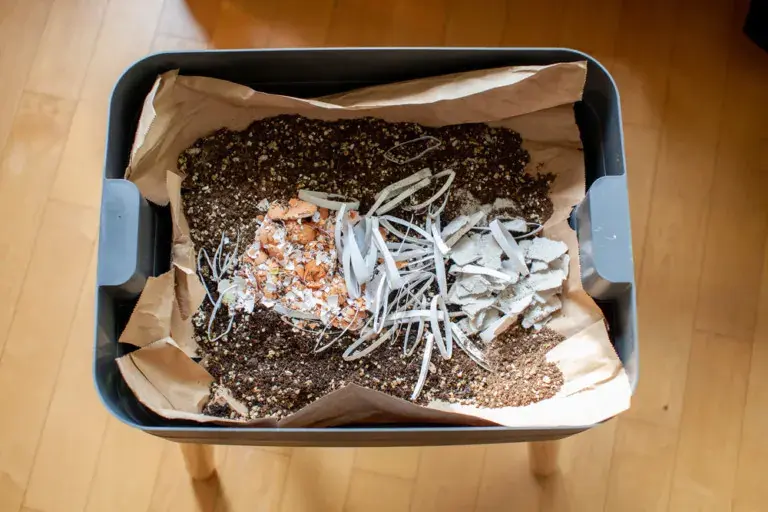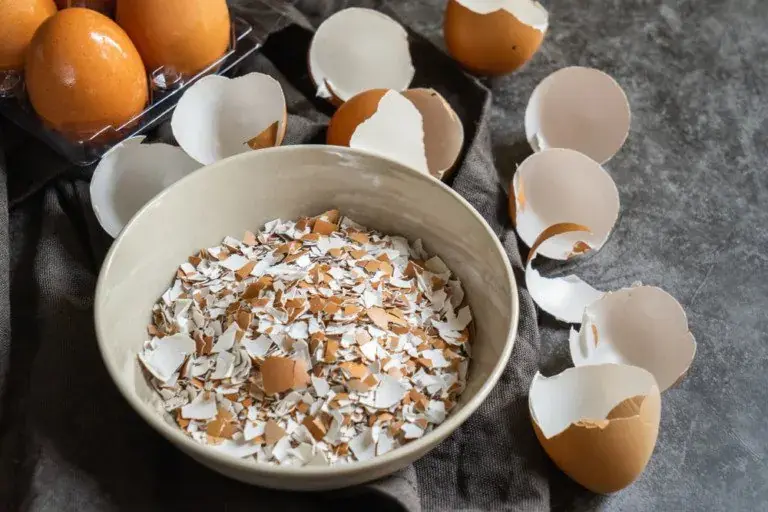
7 Brilliant Uses For Eggshells In Your Garden

It’s no secret that eggs, full of protein, vitamins, and minerals (enough to grow a baby chicken from just one cell) are one of the most nutritious foods on the planet.
Worldwide, an average person consumes about 150 to 200 eggs annually. That’s over a trillion eggs per year!
Now ask yourself this:
“What happens to all of those eggshells?”
The shell of a chicken egg is comprised of about 96% calcium carbonate (CaCO3) crystals which are bound together by proteins.
Common commercial methods for disposing of eggshells include use as fertilizer or as a source of calcium in animal feed, but the average consumer typically drops them into the kitchen waste bin or down the garbage disposal.
If you are among this group, please read on to discover six creative uses for eggshells that will benefit your garden.
How To Prepare Eggshells For Use In The Garden
It’s not simply a case of plopping the egg yolk and white into the dish you are preparing and then tossing the eggshell in the garden – but it’s not much more difficult than that.
Once you have your empty eggshell, give it a good wash with cool running water. Make sure it’s clean and free of any egg residue and place in an open container in your kitchen to dry. You could move it outside on sunny days to dry quicker.
Contrary to popular belief, the shells will not smell at all.
Once completely dry and you’ve built up a significant stockpile, pulverize into smaller pieces with a wooden spoon or mallet.
If you prefer even smaller pieces, use a pestle and mortar to grind up into a fine powder.
Now you are ready to use your eggshells in the garden.
1. Fertilizer
Eggshells are a great way to add calcium to your soil.
You can simply toss your eggshells onto your soil without problem, but eggshells can take a long time to break down so you may want to crush your shells first.
It may also be wise to wash out your shells first to remove any egg residue and reduce the risk of unwanted pests sniffing out your soil.
Alternately, you can incorporate crumbled eggshell directly into the bottoms of your planting holes in the spring.
While calcium is considered a secondary nutrient for plants, your garden will certainly appreciate the added minerals, especially if you grow tomatoes or peppers as these plants are the most easily affected by calcium-deficiency.
Eggshells in tomato planting holes can be a particularly effective way to reduce the risk of blossom end rot – a common tomato plant issue.
During the winter months, distribute your shells over the plot of land where you will plant come springtime. Once the ground warms up, you can till the shells into the soil.
If you are adverse to the idea of having eggshells on the ground all winter, you can also clean and store the shells until planting season rolls around.
While calcium is considered a secondary nutrient for plants, your garden will certainly appreciate the added minerals, especially if you grow tomatoes or peppers as these plants are the most easily affected by calcium-deficiency.
Eggshells in tomato planting holes can be a particularly effective way to reduce the risk of blossom end rot – a common tomato plant issue.
2. Pest-Deterrent
If you have problems with slugs and snails in your garden, try sprinkling coarsely-crumbled eggshells around the plants where these slimy little pests like to dine.
The shells’ sharp edges deter snails and slugs by abrading the sensitive foot of any land mollusc that attempts to cross the barrier. Most snails and slugs will quickly emigrate from your garden in search of easier pickings.
3. Seed-starter Pots
Because eggshells quickly biodegrade when introduced into soil in the garden, they also double as the perfect seed-starter pots.
When you open your eggs to remove the contents, try to break just a small hole at the pointier end of the shell. Clean the inside of the eggshells (boiling water works well for this) and puncture a small drainage hole in the bottom of each empty shell.
You can then place them back into the carton, fill each shell with moist potting soil, and add your seeds.
Once the seedlings outgrow their “pots” you can transplant them shell and all directly into bigger pots or out into the garden.
4. Feed the Birds
Both before and after laying eggs, mother birds need more calcium in their diets.
Sterilize your eggshells by baking them at 250°F / 120°C for about ten minutes so the shells are dry, but not brown on the inside. Then crumble your eggshells well and place them outdoors (in a feeder or even just on the ground) during the spring and summer.
You can also mix the eggshell crumbles with birdseed, suet, or mealworms in an existing bird feeder.
Either way, your healthy mama birds just might thank you by also dining on insect pests that may otherwise damage your garden.
5. Repel Deer
If you have deer visiting your garden as if were their own personal buffet every night, scatter some eggshells around the plants they’re munching on the most.
Deer hate the smell of albumin and tend to stay away from an area that smells like raw eggs.
Just be careful using this method as the smell may actually attract smaller vermin like rodents who like to eat eggs.
6. Aesthetic Value
Finely-ground eggshells can also be quite pretty.
If you have a large family or simply eat a lot of eggs, boil your shells to sterilize them, crumble, then drop them into a large glass jar for storage.
Once you’ve collected enough shell crumbles, sprinkle them around and in between your plants. Not only will the eggshells help control pests and eventually add calcium back to the soil, the white color can also be a beautiful accent to your garden.
Add crumbled oyster shells for an even more interesting appearance with all of the same garden health benefits.
7. Compost
There is much debate about adding eggshells to compost, but eggshells are a perfectly safe and beneficial addition to your compost bin or heap.
Eggshells are very slow to break down and so should be washed (to remove any egg residue that may attract unwanted critters), dried and crushed into smaller pieces. The eggshells will likely still be visible in the final compost but will not harm the finished product.
News in the same category

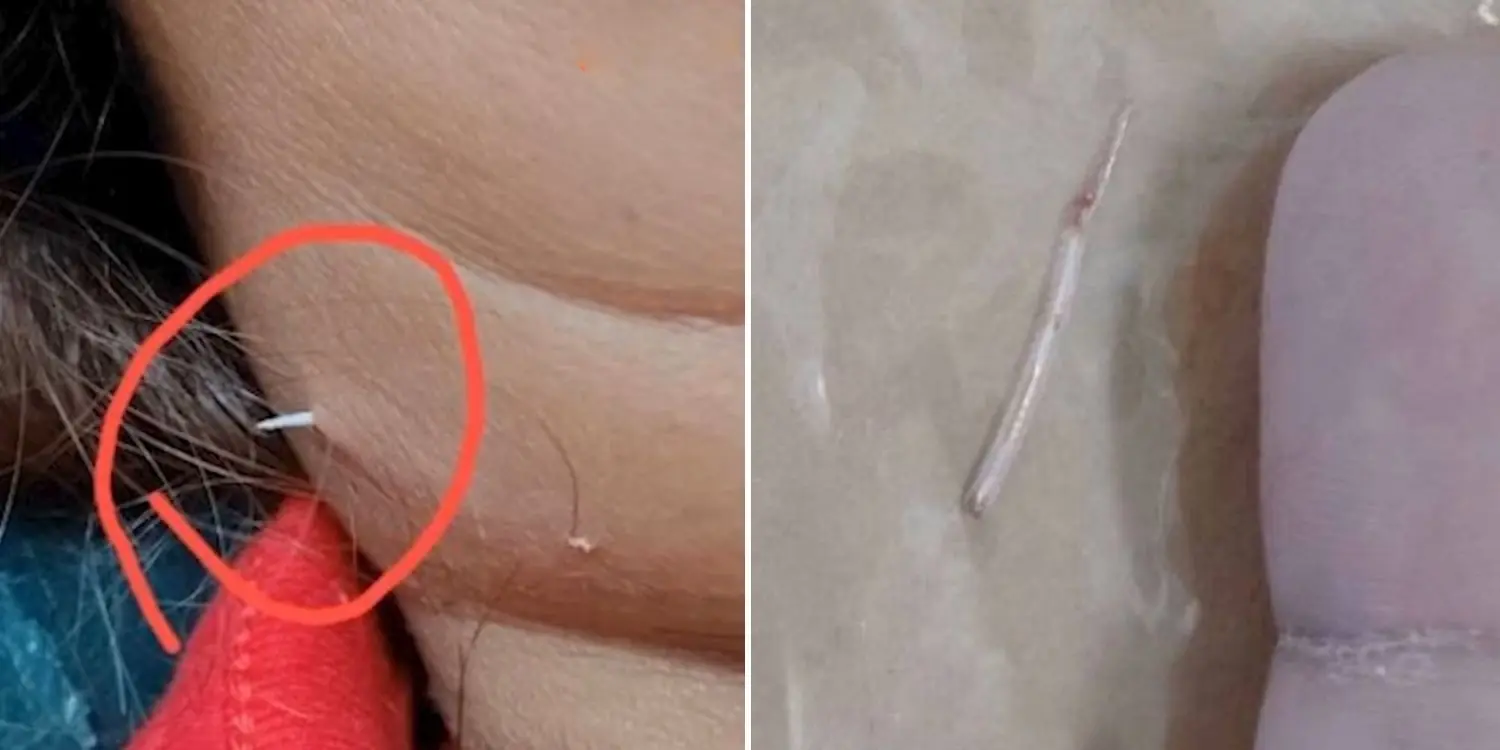
Neck pain, woman shocked to see something sticking out

We Thought the Inheritance Was Settled—Until a Second Will Tore Our Family Apart

Man Jail.ed for Dr.ug Trafficking After Selling Late Wife’s Painkil.lers

Doctor shares the three biggest regrets of dy.ing people

According to Their Lights

Gentle Hand

Captain Eli's Best Ear
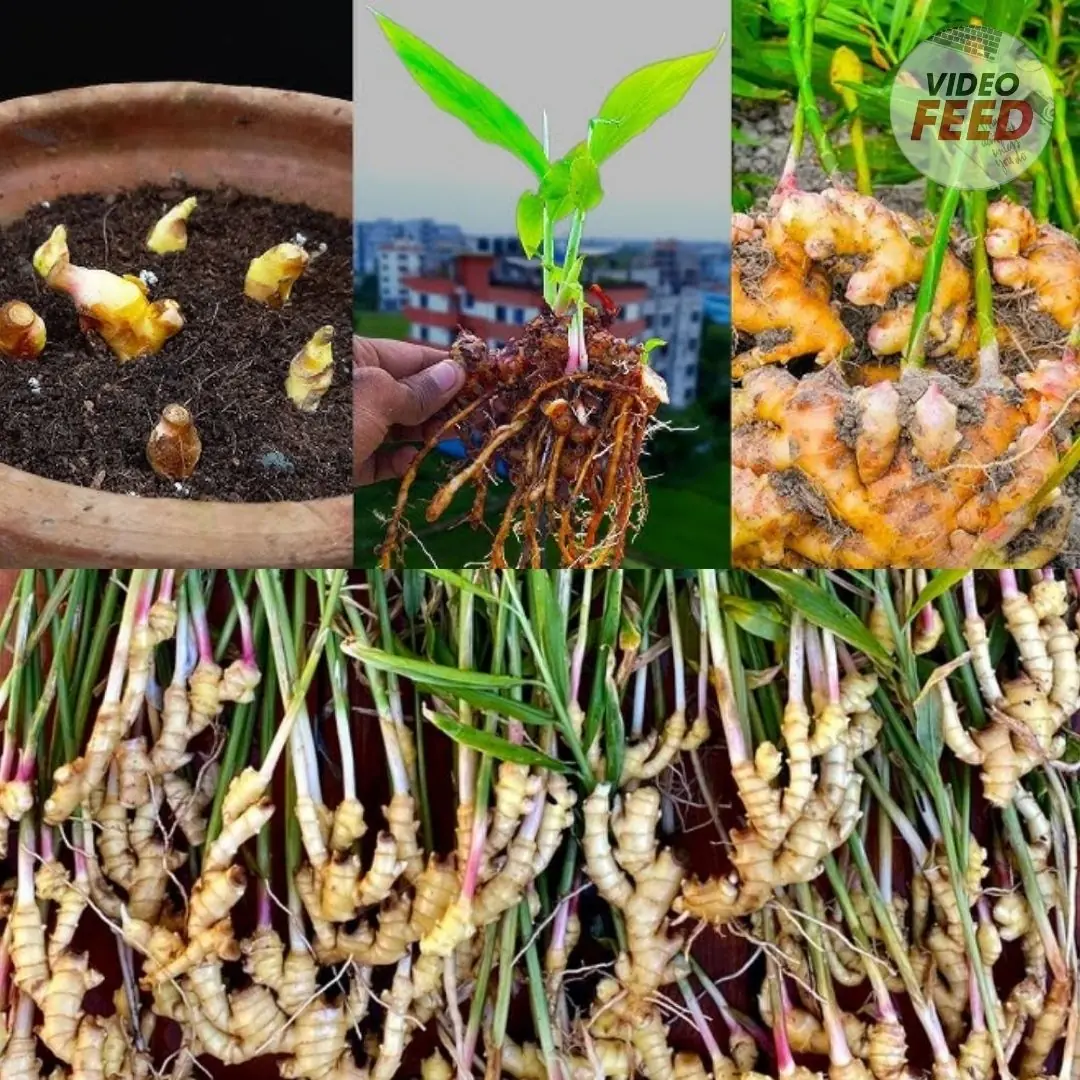
Secrets for Planting Ginger: How to Grow an Endless Supply at Home

The Egg

How Christmas Came to the Santa Maria Flats

A Country Christmas

How the Leopard Got His Spots

The Vendetta

The startling reality behind the $3,000 I receive each month
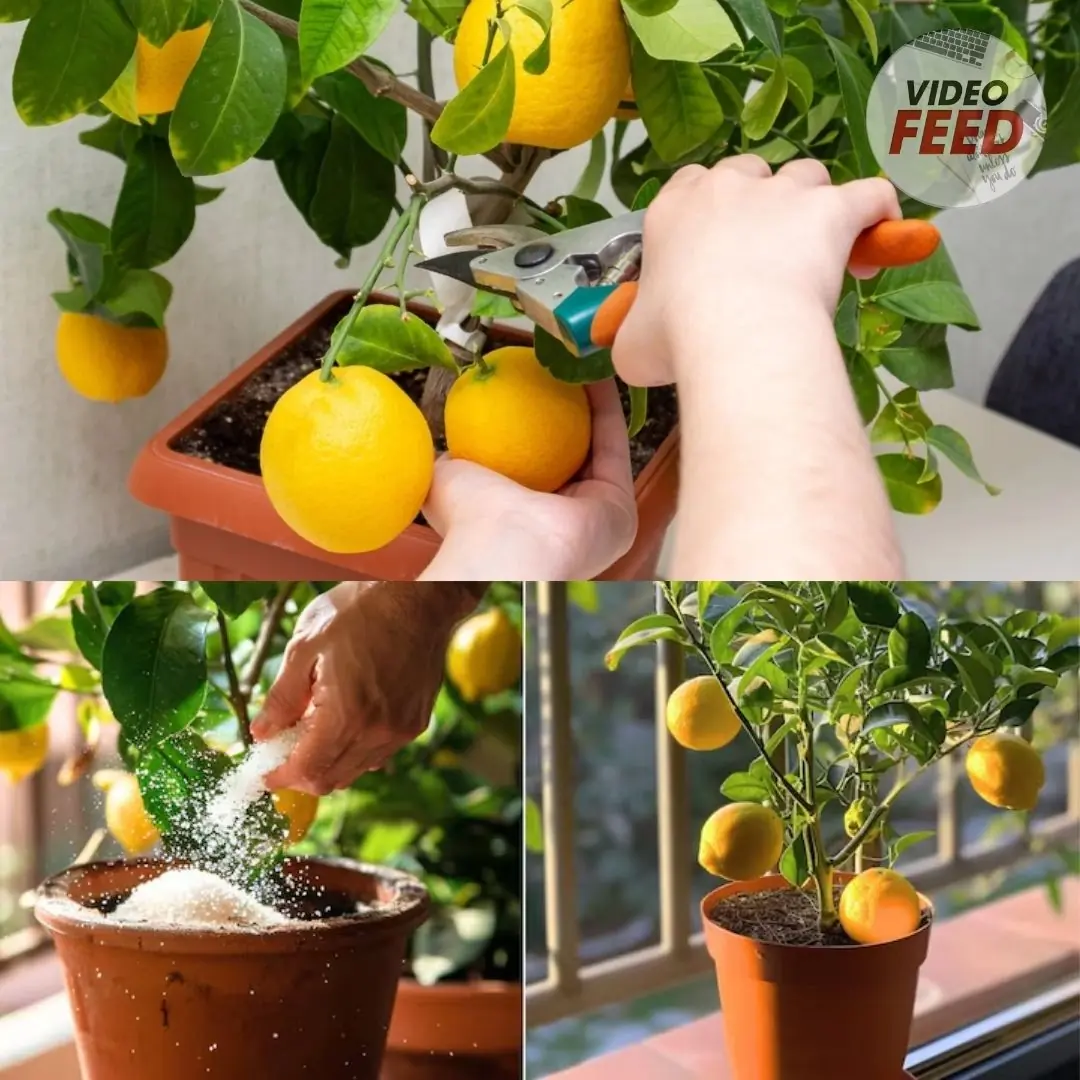
How to Grow a Lemon Tree From Seed Indoors or Outside, According to Horticulturists

A Little Cloud

Whistling Dick's Christmas Stocking

4-year-old boy suffers from diabetes, mother bursts into tears after doctor says: "It's all in the family"
News Post
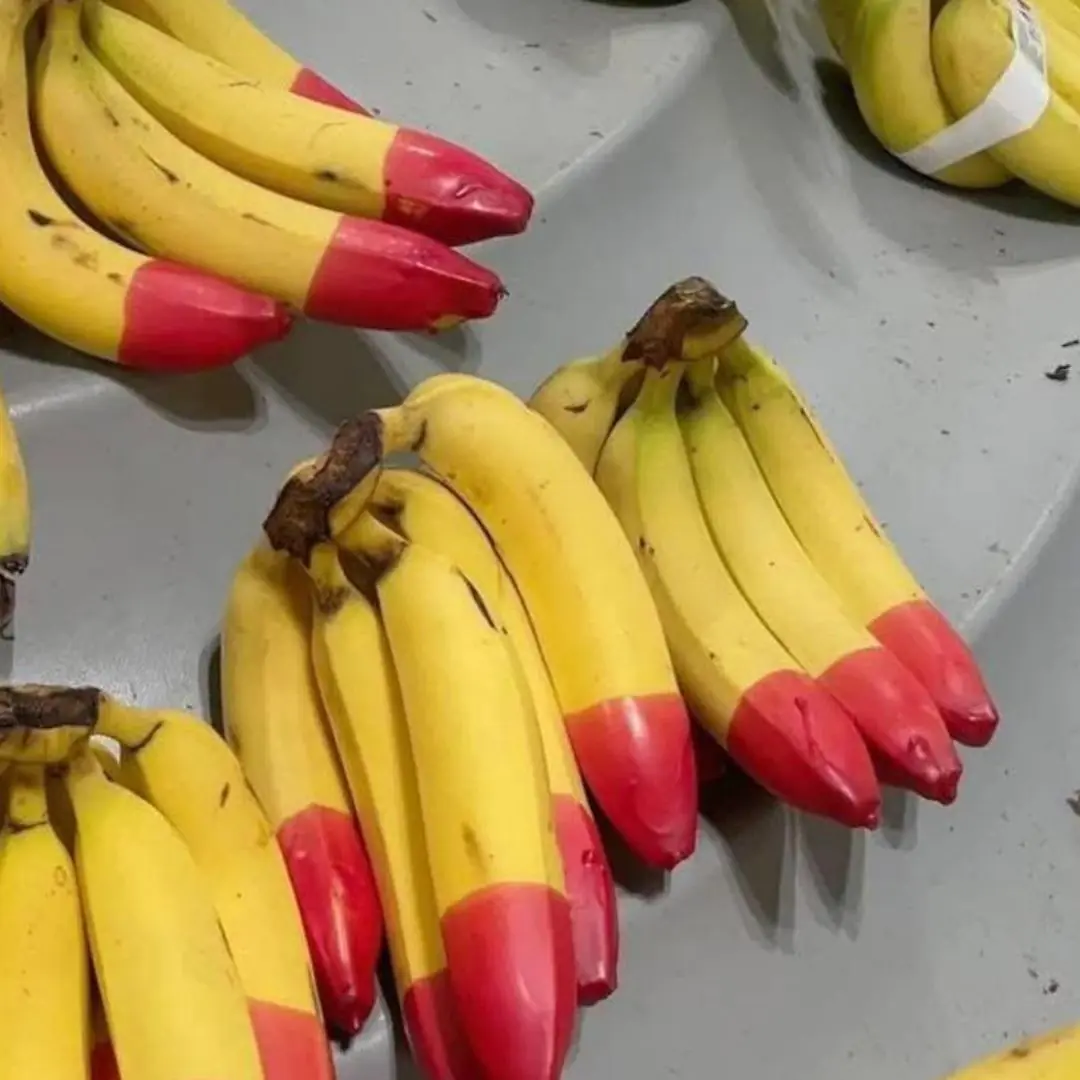
Ever seen red-tipped bananas in Europe? Here’s why they look that way
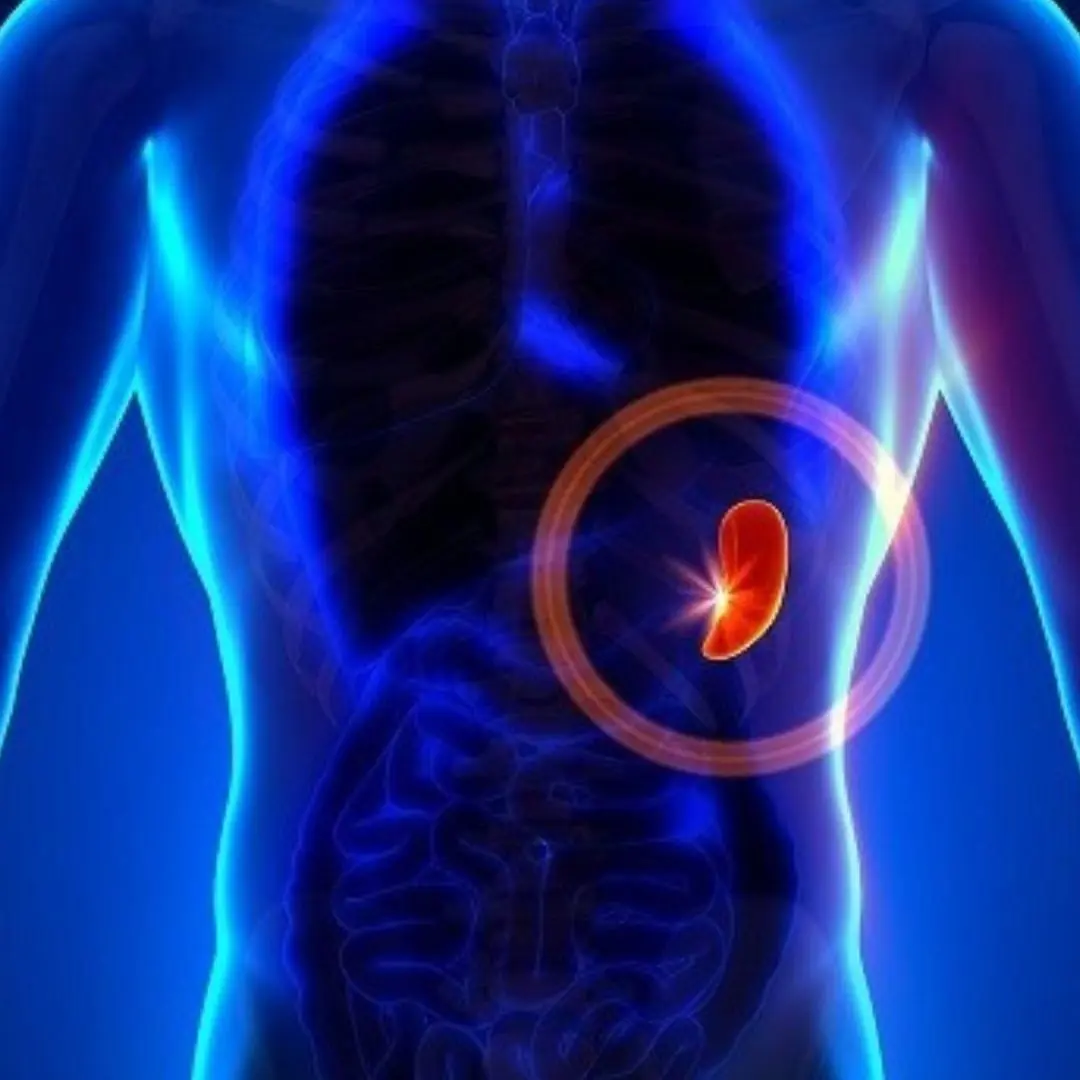
Spleen Cancer: A Rare But Dangerous Disease – You Need To Know!

When You Propose, Why Do You Get Down On One Knee? Exploring The Tradition Behind The Romantic Gesture
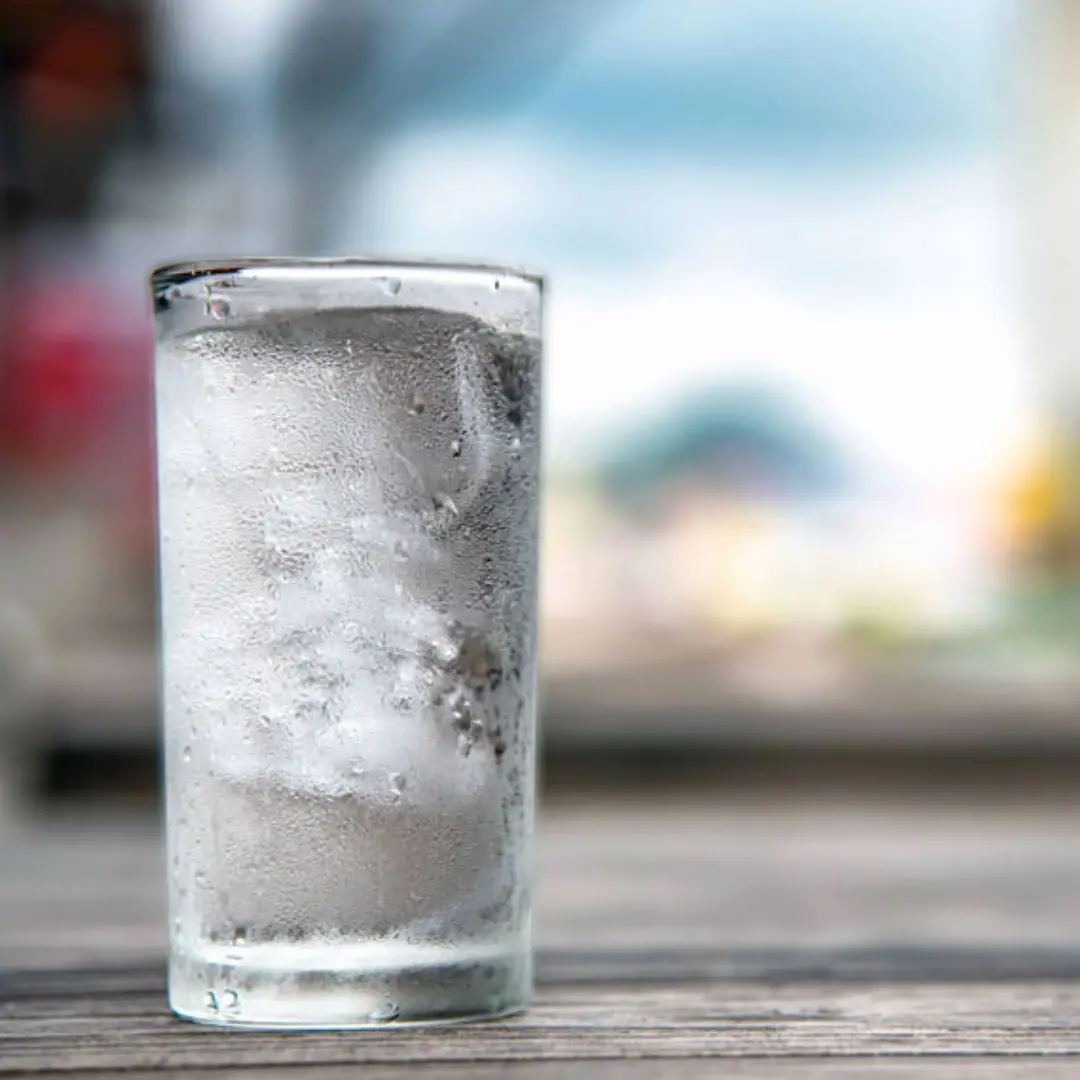
Drinking cold water at these 5 times can easily cause illness, no matter how much you like it, you should stay away from it

Achy Mornings? Here’s What Your Body’s Trying to Tell You — And How to Fix It
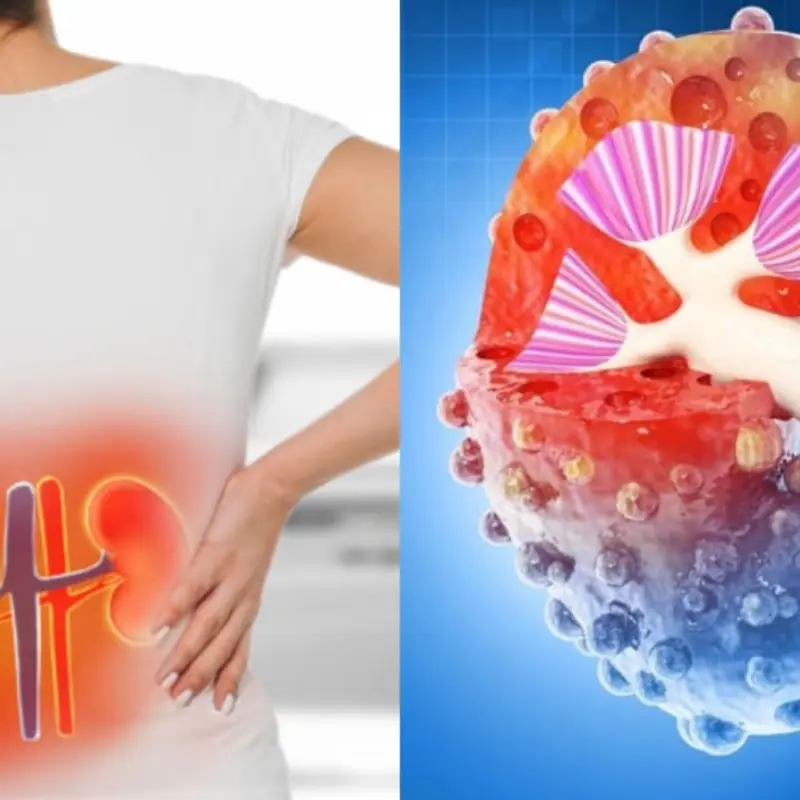
8 Early Signs of Mild Kid.ney Failure That Many People Ignore

Drinking Fresh Ginger Juice in the Morning Offers 5 Special Benefits
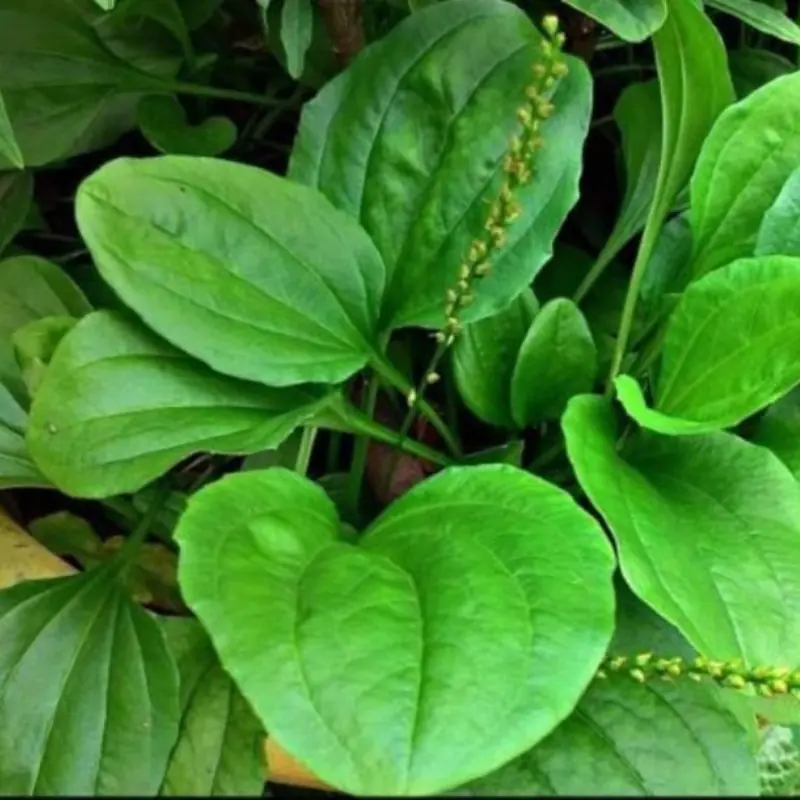
4 familiar traditional leaves that help de.t.o.x and cleanse the lu.ngs
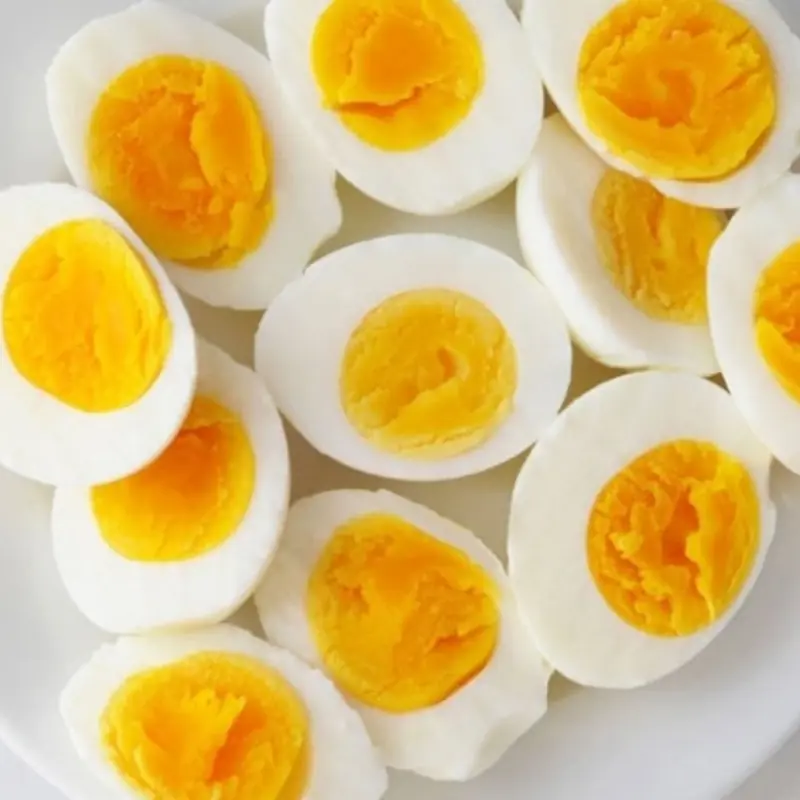
Top 5 Everyday Foods That Help Women Reduce Excess Fat After 40

5 Pancreatic Can.cer Symptoms Often Mistaken for Sto.mach Issues

5 Types of Drinks That Can Harm Your Liv.er and Kid.neys at Night

Squint your eyes and guess what animals are hiding behind these illusions

Avoid These 3 Mistakes That Waste Electricity and Harm Your Health
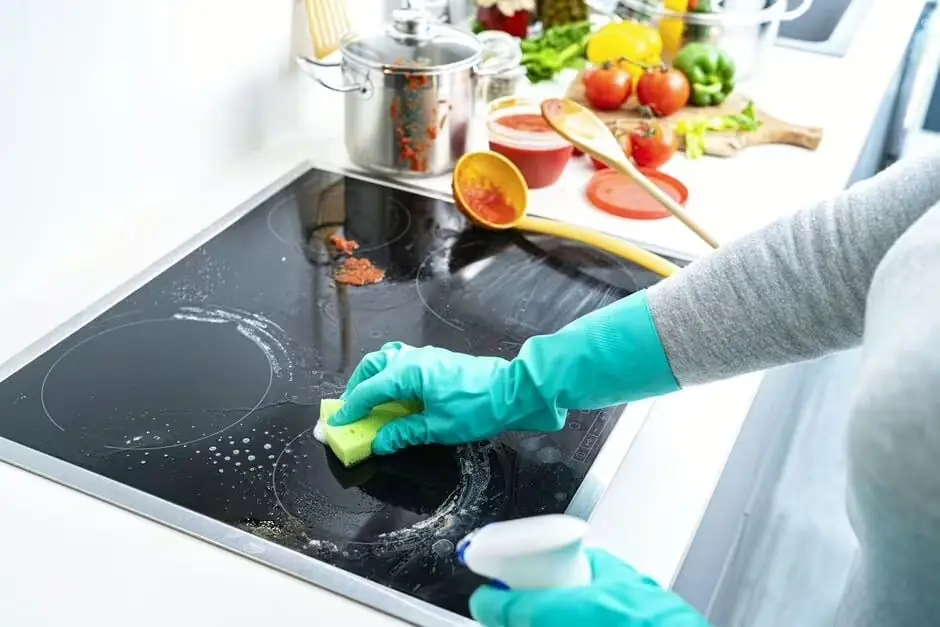
The secret to removing stubborn stains on glass stovetops without scratching the surface
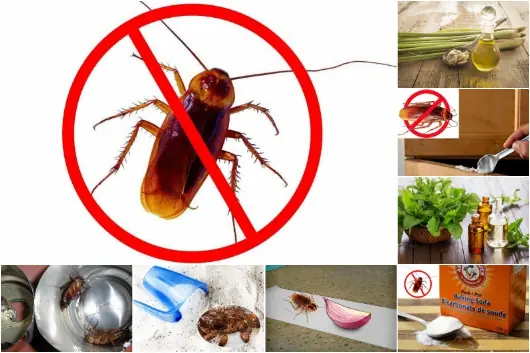
A Dirt-Cheap Kitchen Item Is the Ultimate Cockroach Kil.ler
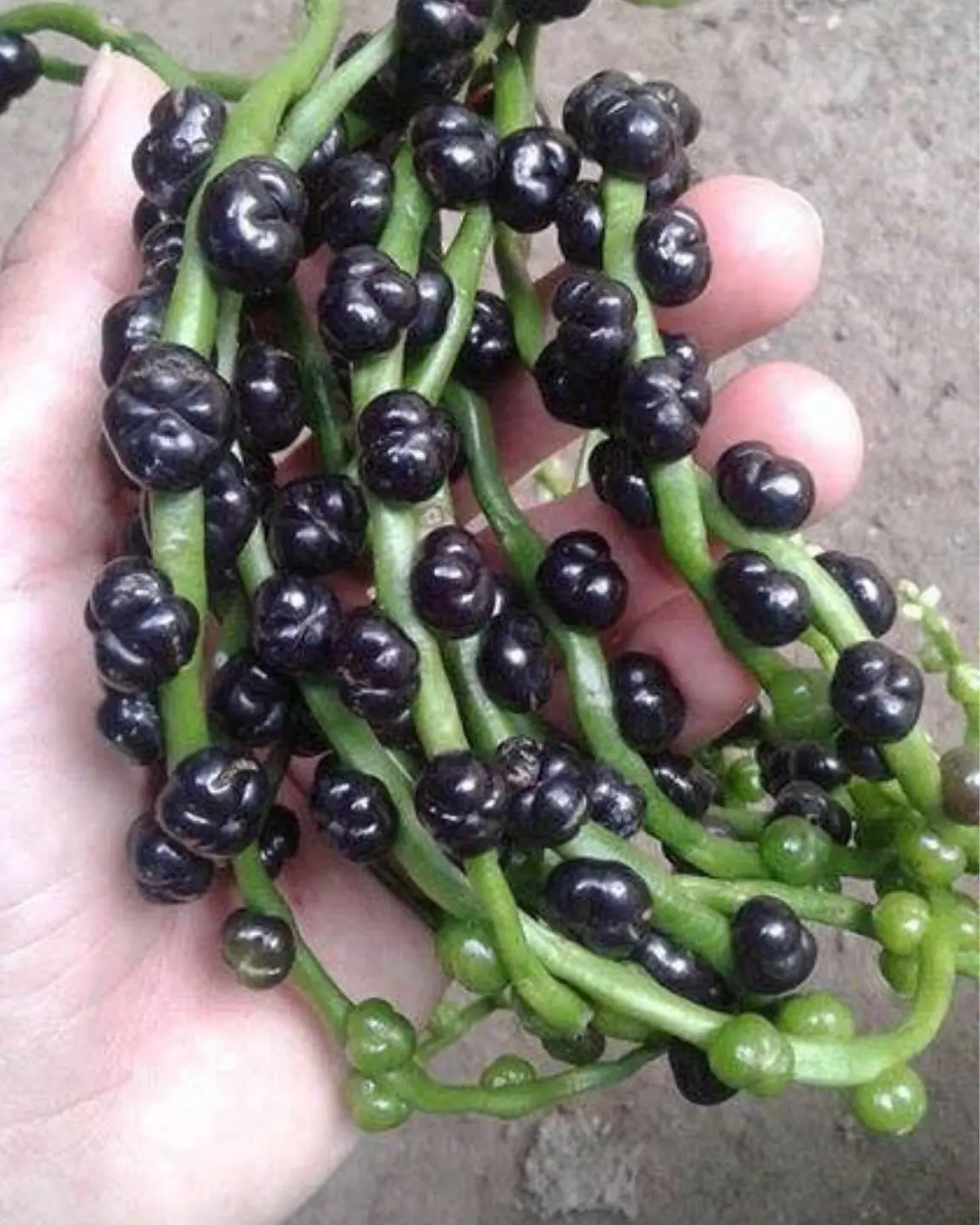
Only 1% of people guess correctly this fruit associated with childhood – are you one of them?
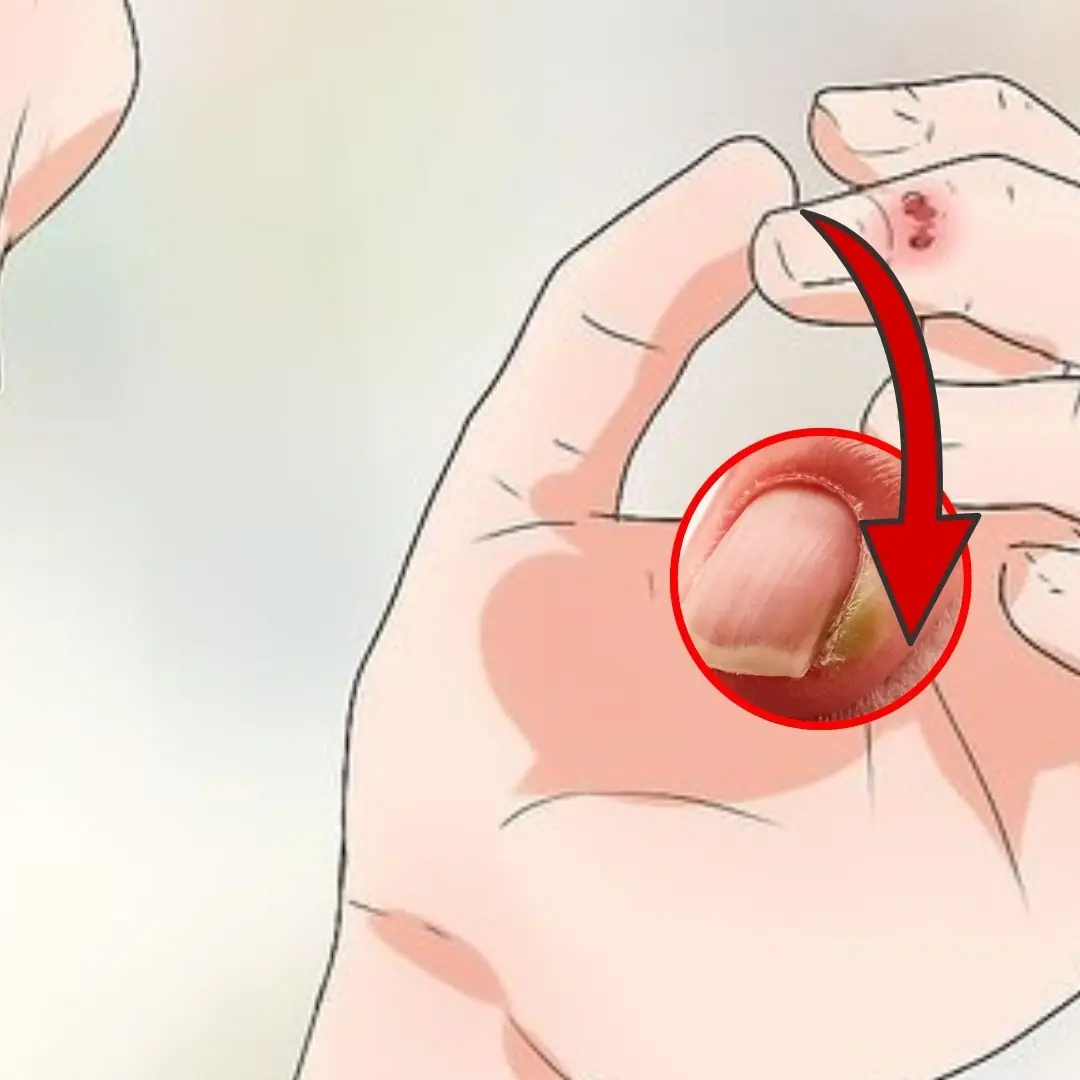
Suffering from Canker Sores? Here Are 3 Powerful Home Treatments You Should Try
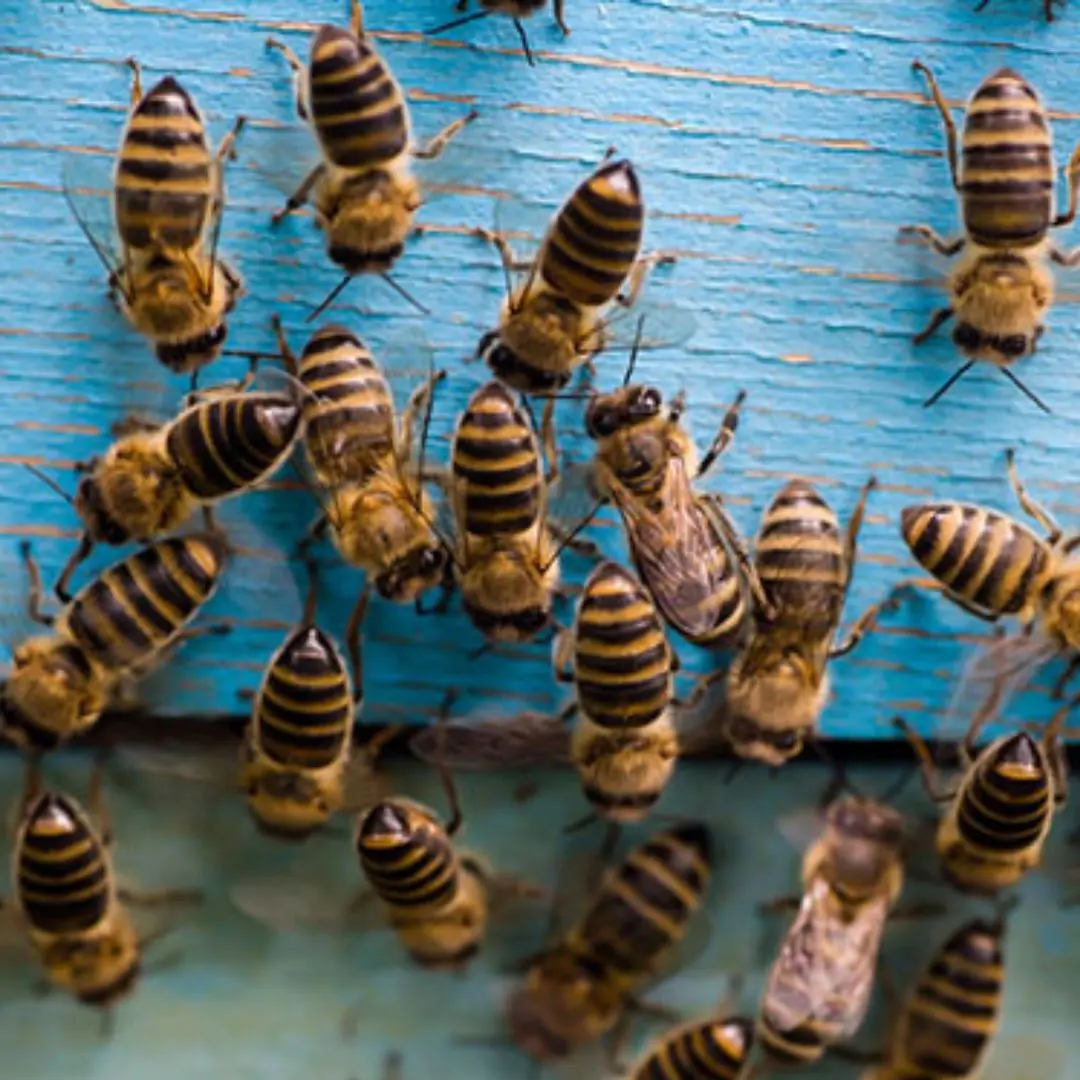
Is Your Home a Hidden Hive? 5 Signs of a Bee Infestation

7 Mistakes You Should NEVER Make During Hotel Checkout

